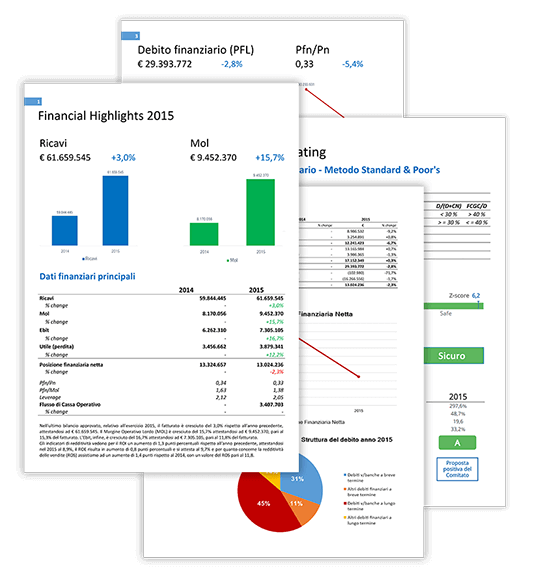
In today’s fast-paced business world, maintaining accurate and professional financial records is crucial. One essential aspect of this is create business bank statement. In this comprehensive guide, we will walk you through the process, step by step, ensuring you have all the knowledge you need to manage this vital aspect of your business effectively.
Why Are Business Bank Statements Important?
Before we dive into the nitty-gritty details of creating business bank statements, let’s understand why they are so crucial.
1. Financial Transparency: Business bank statements offer a clear and transparent view of your company’s financial transactions. They provide insights into income, expenses, and cash flow.
2. Tax Compliance: Accurate bank statements are essential for tax compliance. They help you report your income and expenses accurately, reducing the risk of audits or penalties.
3. Decision-Making: Reliable bank statements are a valuable resource for making informed business decisions. They help you analyze your financial health and plan for the future.
4. Lending and Investment: When seeking loans or investments, potential lenders and investors will often review your bank statements to assess your financial stability and credibility.
Getting Started
1. Gather Your Financial Data
The first step in creating business bank statements is to gather all the necessary financial data:
- Bank statements from all business accounts
- Receipts and invoices
- Payment records
- Any other financial documents
2. Choose the Right Accounting Software
Selecting the appropriate accounting software will streamline the statement creation process. Popular choices include QuickBooks, Xero, and FreshBooks.
3. Set Up Your Chart of Accounts
Your chart of accounts is a categorized list of all your financial transactions. It’s essential to set this up correctly to ensure accurate statements.
4. Record Transactions
Begin entering your financial data into your accounting software. Be diligent and accurate in recording every transaction.
Crafting Your Business Bank Statement
5. Statement Period
Decide the period your bank statement will cover. Typically, this is one month, but it can vary based on your needs.
6. Balance Calculation
Calculate your account balance at the beginning and end of the statement period. This balance should match your bank’s records.
7. Transaction Listing
List all transactions during the statement period. This includes deposits, withdrawals, checks, and electronic transfers.
Read it: Going out with a friend, just check your credit card statement!
8. Categorize Transactions
Categorize each transaction into income or expense categories. This categorization simplifies financial analysis.
9. Calculate Totals
Summarize the total income and total expenses for the statement period. Ensure they match your bank’s records.
10. Reconciliation
Reconcile your calculated balance with your bank’s balance. Any discrepancies should be investigated and resolved.
Utilizing Technology
11. Automate Data Entry
Consider automating data entry using bank feeds or OCR (Optical Character Recognition) technology. This reduces manual errors.
12. Generate Reports
Most accounting software allows you to generate detailed financial reports, including profit and loss statements and balance sheets.
Read it: Effortless Financial Management: How a Bank Statement Creator Simplifies Your Life
Conclusion
Creating accurate business bank statements is essential for financial transparency, tax compliance, and informed decision-making. By following this comprehensive guide, you can ensure that your financial records are in top-notch shape, benefiting both your business and its stakeholders.
FAQs (Frequently Asked Questions)
1. How often should I create business bank statement?
You should create business bank statement at least once a month to maintain accurate financial records.
2. Is it necessary to use accounting software, or can I create statements manually?
While manual statement creation is possible, using accounting software is highly recommended for accuracy and efficiency.
3. What should I do if I notice a discrepancy in my bank statement?
If you spot a discrepancy, investigate it promptly. It could be a simple error that needs correction, or it may require further action.
4. Can I use free accounting software for statement creation?
Yes, there are free accounting software options available, but consider your business’s needs and the features required before making a choice.
5. How long should I retain my business bank statements?
It’s advisable to keep your bank statements for at least seven years for tax and auditing purposes.



